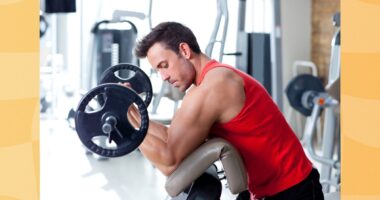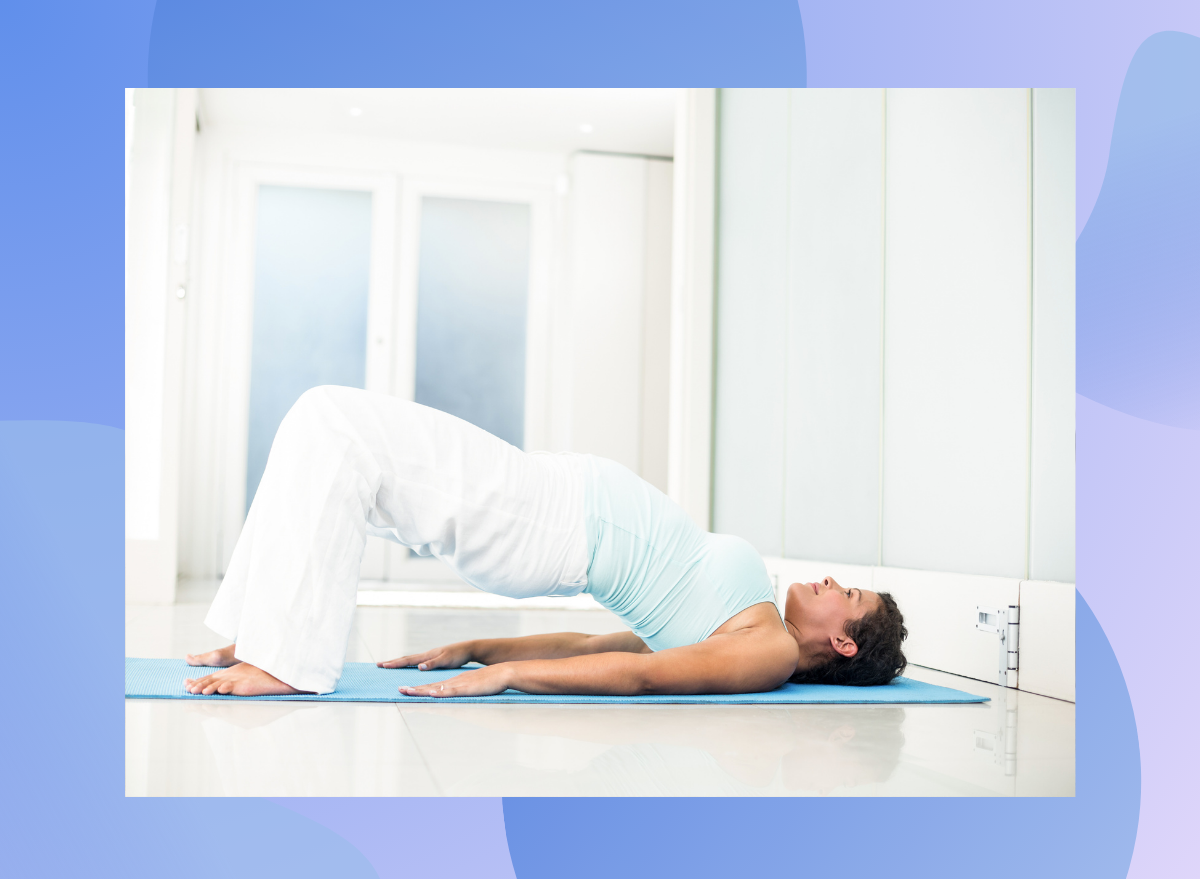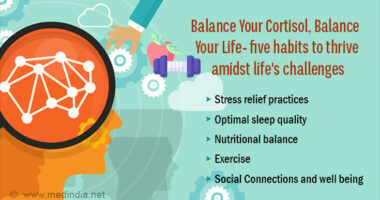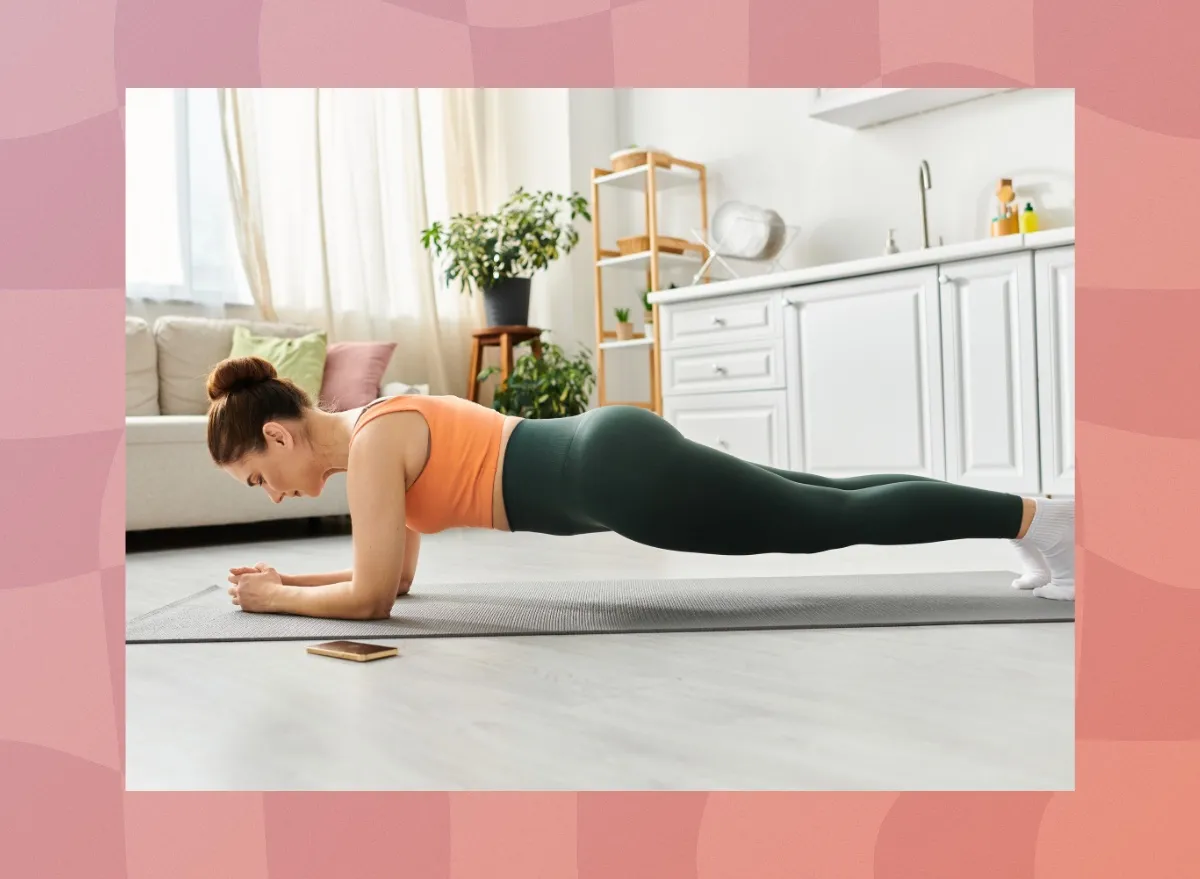When I was diagnosed in the early 2000s, there was almost nothing available to treat migraine specifically. But triptans, which are classified as a “rescue” medication for migraine—which means they help stop or lessen the head pain if you take them at the first sign of a headache—became popular soon after. I started using them, and from there my doctor and I turned our efforts toward preventing my migraine attacks.
I took a closer look at my overall lifestyle—what I was eating, the activities I was doing, how I was sleeping—to try to figure out what was triggering my migraines. Ultimately, I learned that inconsistency is my biggest downfall. If I exercise too much or not enough, get off my sleep schedule, or don’t eat regularly, a migraine attack will be lurking.
It took a long time, but falling in love with a new form of exercise helped me make peace with my body.
In my 30s, I was working closely with a neurologist and trying different medications and an elimination diet, but I still had not accepted that my condition was not curable. I fought against my body and my disease.
Eventually, though, I started to learn that I couldn’t ignore or try to control everything that happened to me physically. It was during this time that I discovered Pilates, and it took me on a different career path for some time. I suddenly found myself on a journey to become more at peace with my body—to listen to it and be truly aware of it. The principles of Pilates completely transformed my life and how I view my disease. Once I had a certain level of acceptance (I can do everything right and will still probably have some migraine attacks), I started to feel the difference physically and mentally.
READ RELATED: Garima Chaurasia Height, Weight, Age, Body Statistics
Today, my daily schedule reflects that journey. I prioritize sleep, movement, hydration, and meditation—these are all regular parts of my life that weren’t a major focus before. I genuinely enjoy making these habits part of my day-to-day routine; they set me up for success so my body can recover as best as possible after a migraine attack strikes. Now I no longer panic when I feel that all-too-familiar head pain coming on. I know I’m doing the best I can.
Advocacy work has helped too. I’ve partnered with the American Migraine Foundation to raise greater awareness around living with migraine, as well as the need for more research funding. I do a lot of personal research on migraine and regularly go to my doctor with a list of questions about what we should be doing to better understand this disease.
Now my mind and body are much more aligned; they’re working together as opposed to having this constant tension. When you have a disease that can have disabling effects, it’s so easy to want to blame and shame your body. I now try to honor it and accept the effects of living with my condition. I’m also not afraid to speak out about it now. Getting here was tough, but my quality of life is so much better for it.
Related:
Source: SELF











